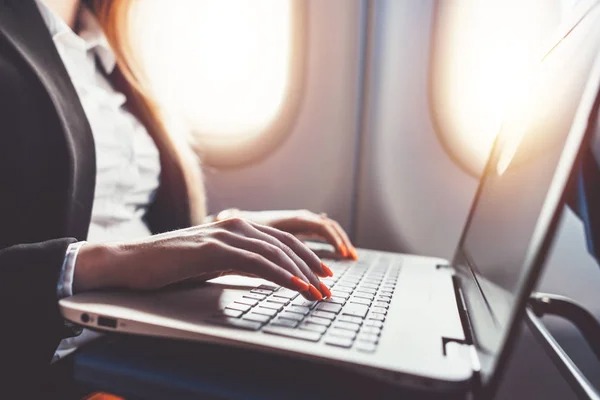Airlines Race to Deploy Starlink Wi-Fi
Virgin Atlantic announced in July 2025 that it will become the first UK airline to install Starlink Wi-Fi across its entire fleet. The rollout begins in Q3 2026, covering Boeing 787s, Airbus A350s, and A330neos. By end of 2027, Virgin Atlantic’s Flying Club members will get free unlimited streaming-quality Wi-Fi on all flights.
British Airways currently charges £4.99-21.99 for Wi-Fi but offers free messaging to Executive Club members. The carrier uses older satellite technology that shares 50-100 Mbps across all cabins. Recent Ookla speed tests show British Airways in the bottom half of airline rankings for Wi-Fi performance.
Seven international airlines now deploy Starlink technology in 2025. Hawaiian Airlines leads with median download speeds of 161.76 Mbps and uploads of 20.47 Mbps using Starlink systems. Qatar Airways also posts impressive results with their new Starlink installations.
Satellite Technology Performance Gap
Speed test data from Q1 2025 reveals massive performance differences between airlines. Airlines using SpaceX’s low Earth orbit satellites achieve speeds comparable to 5G networks and fixed broadband. Traditional geostationary satellites create delays of 600-800 milliseconds and slower speeds.
Lufthansa struggles with Deutsche Telekom’s ground-to-air network, creating inconsistent speeds. Turkish Airlines and Cathay Pacific also show poor performance with median speeds of just 7-9 Mbps on some aircraft.
Installation costs range from £400,000 to £800,000 per aircraft for Starlink systems. Airlines see return on investment within 18 months through increased bookings and customer satisfaction scores.
Passenger Usage Patterns Change
Emirates data shows 20% of passengers on Americas routes use Wi-Fi, double the rate of other regions. Economy class connections jumped by 30,000 weekly passengers after Emirates introduced free access.
Business passengers use connectivity for video calls and document work. Entertainment habits have shifted dramatically, with passengers bringing their own content instead of using seatback screens.
Many passengers access non UK casinos and international gaming platforms while flying over international airspace. The aircraft’s routing allows access to sites that might be restricted in home countries, and maintains open internet policies.
Messaging dominates actual usage, with passengers primarily using WhatsApp rather than web browsing. This trend helps airlines manage bandwidth costs while meeting core passenger needs.
Market Competition Accelerates
United Airlines tests Starlink on 200 aircraft starting March 2025, with full deployment planned across 1,000+ planes. Japan Airlines upgrades international flights from Tokyo with free Starlink Wi-Fi in all classes during 2025.
The global in-flight Wi-Fi market grows from $9.2 billion in 2024 to a projected $35.6 billion by 2034. Wi-Fi quality now ranks in American Customer Satisfaction Index airline benchmarks, though it scores lowest among 21 categories.
Regional differences persist in deployment speed. North American and Middle Eastern carriers lead adoption, while some European airlines still retrofit older systems. Airlines discovered that free Wi-Fi generates more revenue through loyalty and ancillary sales than charging access fees.
Passengers increasingly choose airlines based on connectivity quality, making Wi-Fi a competitive differentiator rather than optional amenity. Airlines without fast, reliable internet report lower satisfaction scores and reduced repeat bookings.

